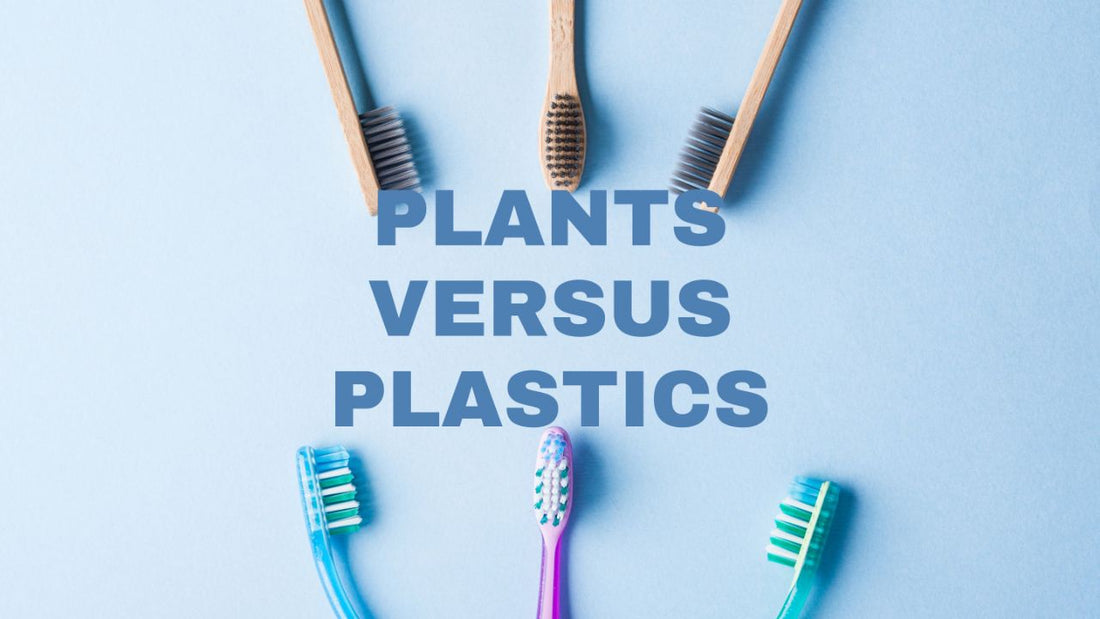Plants versus plastics.
With the world drowning in plastic, you may be wondering why governments are hesitant to ban the use of plastic or corporations choosing to halt the production of plastic. Well, the truth is not far from rocket science, and a more than 50 years habit is definitely hard to break.
Why? Simply put, its technology and a numbers game. Plastics production has soared since 1950s. The incredible versatility of this group of materials accounts for the continued growth in production year after year. Not to mention, the demand for plastic fiber beats the demand for plant fiber hands down; the global production for plastics in 2021 was a whopping 390.7 million metric tons, compared to a mere 33.3 million metric tons of natural fibers. In general, plastic fibers such as polyester and nylon are often cheaper to produce compared to natural plant fibers like cotton or hemp. Here are a few reasons that contribute to the cost difference:
1. Raw Material Costs: Plastic fibers are typically derived from petroleum or petrochemicals, which can be relatively inexpensive compared to plant fibers that require cultivation, harvesting, and processing. Plant fibers may also be subject to seasonal variations, affecting their availability and price.
2. Manufacturing Processes: The production of plastic fibers often involves highly automated processes, making them more efficient and cost-effective. Plant fibers, on the other hand, may require more labor-intensive processes, such as harvesting, retting, and spinning, which can contribute to higher production costs.
3. Scale of Production: Plastic fibers are produced on a large scale in the synthetic fiber industry, benefiting from economies of scale. This mass production allows for cost savings compared to plant fibers, which may be produced in smaller quantities or rely on specialized cultivation methods.
It's important to note that while plastic fibers may be cheaper in terms of production costs, they can have negative environmental impacts due to their non-biodegradable nature and contribution to plastic pollution. Plant fibers, on the other hand, are generally more sustainable and biodegradable, but their production may require more resources and land.
As awareness of sustainability and environmental concerns grows, there is an increasing demand for plant-based and eco-friendly fibers. This shift in consumer preferences may lead to advancements in technology and manufacturing processes for plant fibers, potentially impacting their cost competitiveness in the future. Take our loofah kitchen sponges for instance, they are priced competitively to premium plastic sponges.
Ultimately, the cost comparison between plastic and plant fibers can vary based on numerous factors, and one hopeful, yet critical factor to consider is the environmental and social implications when making a material choice. A choice to make before it's too late.

